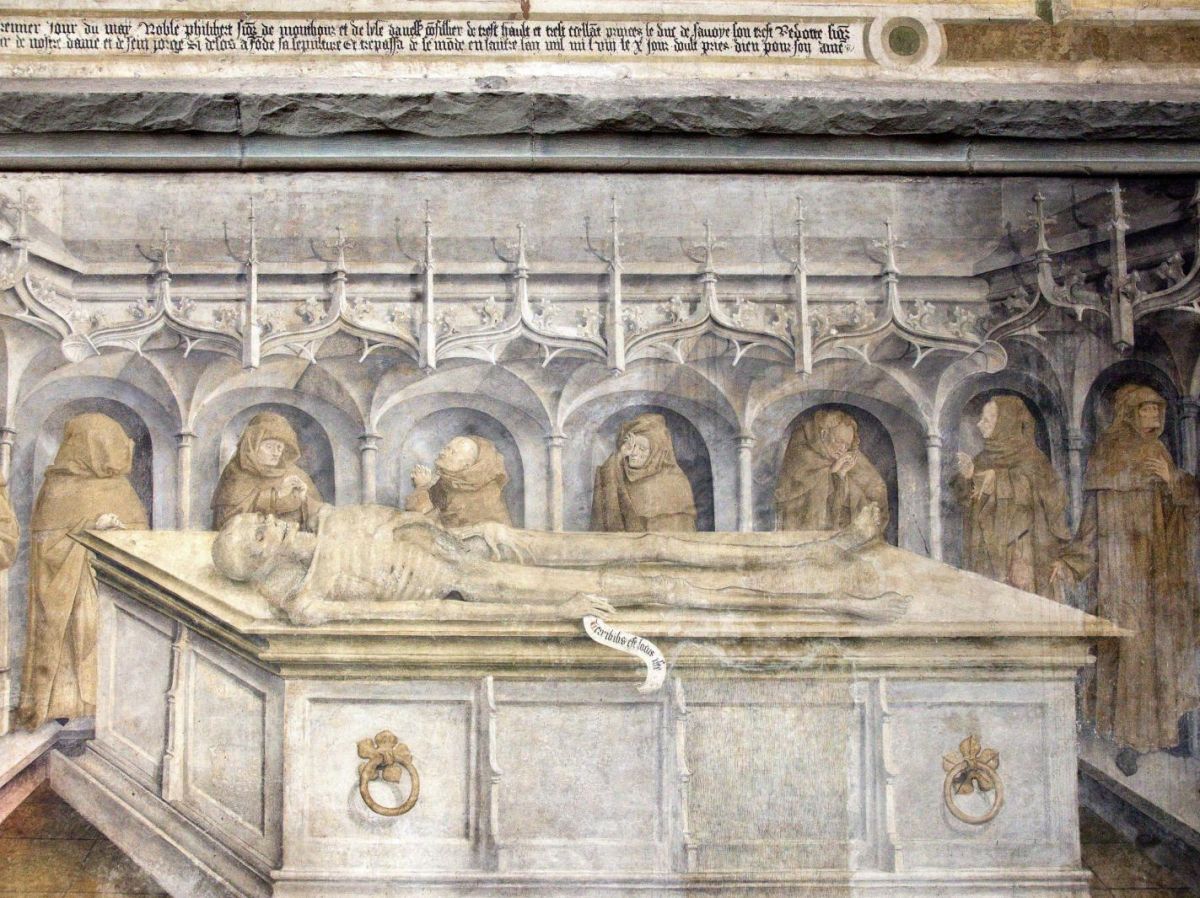“What happens in our body when we die?”, Val Mood asks us on our Facebook page. This is our reader question of the week. Thank you all for your contributions.
When does death begin? At birth, the pessimists reply. Behind this joke lies a more nuanced physiological truth: death is not an instant, but a process, often long and complex. Barring sudden death, warning signs sometimes appear months beforehand: increasing weakness, loss of appetite, shortness of breath on exertion, or even withdrawal. As the end approaches, the skin turns blue, breathing becomes irregular, and agitation sometimes precedes the final relaxation.
Then comes the agony. The signs are impressive: a dropped jaw, a loud rattle, a weak pulse. And sometimes, a burst of energy or lucidity. This sudden surge, called "terminal lucidity" or "paradoxical lucidity," is puzzling neuroscientists, as we explained in our previous article, " Death: The Last Moments, Second by Second ». Michael Nahm, a neurologist at the University of Virginia (USA), then specified that certain cases "pose difficulties for explanatory models of brain physiology", as this final consciousness seems incompatible with very damaged brains.
When the "wave of death" comes
Legal death is no longer limited to cardiac arrest: it is brain death that prevails. When the brain no longer shows any activity and blood no longer circulates, even if the heart is still beating under assistance, the patient is legally considered dead. A state that allows, if necessary, organ removal.
But what exactly happens in the brain during the great transition? In 2016, in Vancouver, Canada, electroencephalograms captured a surge of gamma waves—associated with memory and concentration—in a man just after his cardiac arrest. Evocation of memories? Perhaps. Then comes the “wave of death,” a gradual discharge of neuronal energy, identified by German neurologist Jens Dreier. It spreads slowly, like a silent tide, five to ten minutes after the heart stops beating.
Yet, not everything is set in stone. Stéphane Charpier's team in Paris has shown that rapid cerebral reperfusion in rodents can trigger a "wave of resurrection" and restore activity. This is a fascinating avenue for improving human resuscitation techniques.
Read alsoOn the brink of death, life may well pass before our eyes
“Organs live together and die separately.”
But the brain is not the only one to die: “Organs live together and die separately.”, summarized Claude Bernard, the father of physiology. From the second hour, the skin becomes marked with lividity. These purplish spots, where blood stagnates, betray the position of the body. Around the third hour, rigor mortis sets in: the muscles freeze, starting with the jaw, before relaxing 48 hours later.
At the same time, body temperature drops by about 1°C per hour, governed by physical laws. Autolysis (the rupture of cell membranes under the action of enzymes), then putrefaction, take over. Depending on the conditions (heat, humidity), the body saponifies or mummifies. No, nails and hair do not grow after death: the skin simply shrinks. As for teeth and bones, they last for years, sometimes millennia.
Read alsoDiscovery of a “third state” between life and death
This progressive mystery that is death fascinates as much as it worries. At the border between science and fantasy, some companies, such as Calico (Google), Nectome, Ambrosia, and the SENS Foundation, aim to "kill death": prolong life indefinitely, preserve memories, rejuvenate bodies... While tangible results are slow to materialize, provocative announcements ensure funding and media attention.

